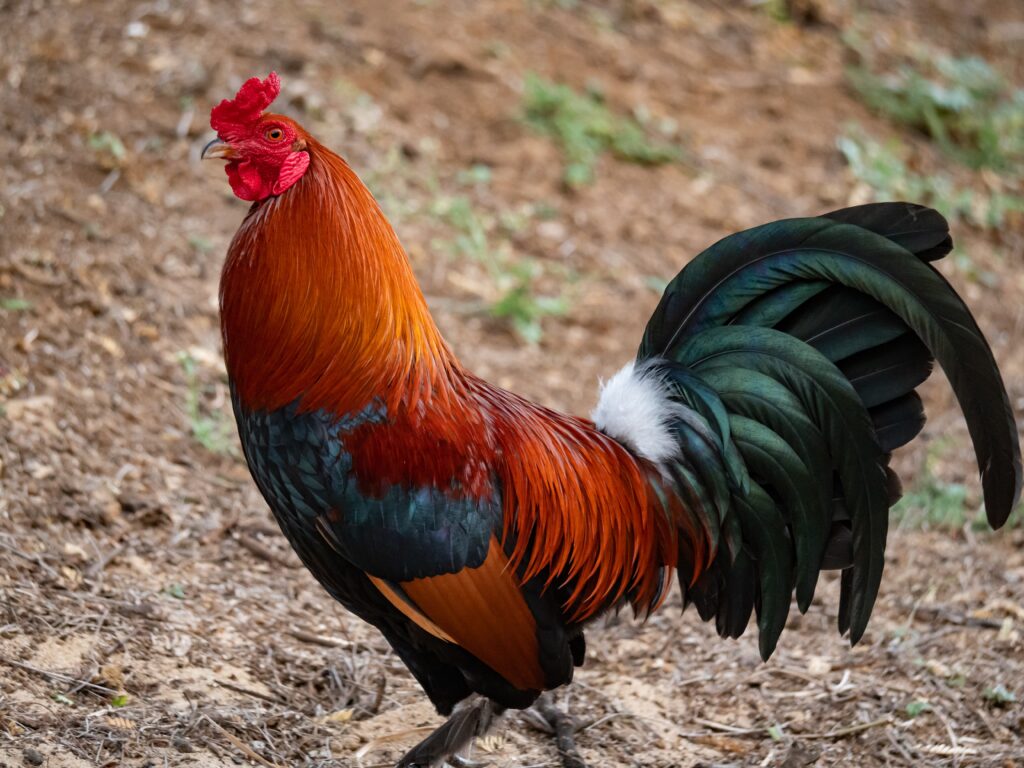 Agriculture and Food Security in Saudi Arabia
Agriculture and Food Security in Saudi Arabia
Saudi Arabia has come a long way in its agriculture and food security journey. Despite its harsh desert climate, the country has been able to develop innovative technologies and farming techniques that have transformed the sector. Today, the Kingdom is not only self-sufficient in many food products but is also a major exporter of fresh produce to the region and beyond. This article will explore how the country has achieved this feat, the challenges it still faces, and what the future holds for Saudi Arabia’s agricultural sector.
Sowing Seeds of Success: Agriculture in Saudi Arabia
Agriculture in Saudi Arabia was initially characterized by traditional farming practices that relied heavily on irrigation. However, with the discovery of oil in the country, the focus shifted to developing the hydrocarbon sector, leading to a decline in agriculture. In recent years, however, there has been a renewed interest in agriculture, and the government has invested heavily in research and development to boost the sector. Today, the country has over 40,000 farms and is a major producer of dates, citrus fruits, milk, and poultry.
From Farms to Tables: Boosting Food Security
Saudi Arabia’s rapidly growing population, coupled with its harsh climate, makes it challenging to produce enough food to meet the needs of all its citizens. To address this, the government has implemented a series of policies to boost food security. For example, it has invested in the construction of storage facilities to preserve food products, encouraged the use of greenhouses, and supported farmers with subsidies and technical assistance. The Kingdom has also made significant strides in reducing food waste through awareness campaigns and the implementation of food waste reduction strategies.
Cultivating Innovation: Technology for Sustainable Agriculture
Innovation has been a critical factor in the success of Saudi Arabia’s agricultural sector. The Kingdom has invested heavily in developing technologies that help farmers maximize yields while minimizing water use. For example, the use of hydroponics, drip irrigation, and vertical farming has enabled farmers to grow crops all year round, despite the harsh desert climate. Additionally, the country has implemented a range of sustainable farming practices, such as integrated pest management and precision agriculture, to minimize the use of harmful chemicals and reduce the environmental impact of farming.
Harvesting the Future: Saudi Arabia’s Growing Agricultural Sector
The future of agriculture in Saudi Arabia looks bright. The government has announced plans to increase the value of the Kingdom’s agricultural exports to $10 billion by 2030. Additionally, there are plans to increase the use of renewable energy in agriculture to reduce greenhouse gas emissions and promote sustainability. The country is also investing in research and development to develop new agricultural technologies that can help farmers produce more food with fewer resources. With all these efforts, Saudi Arabia is poised to become a major player in the global agricultural market.
In conclusion, Saudi Arabia’s agricultural sector has come a long way, and there is still room for growth. The country has implemented policies that have helped boost food security, and investment in innovative technologies has enabled farmers to maximize yields while minimizing the use of resources. With the government’s continued support, the Kingdom is well on its way to achieving its goal of becoming a major player in the global agricultural market.
